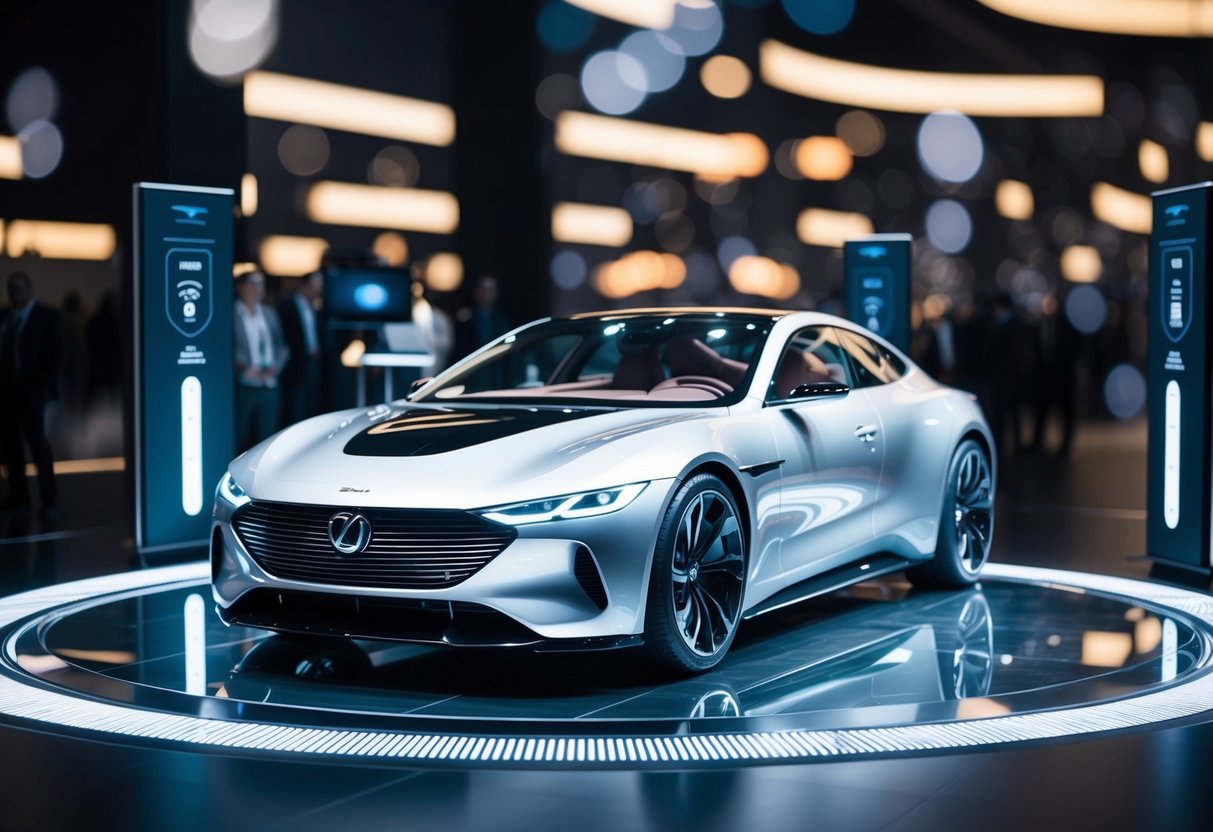
Challenges and Solutions in EV Production
EV production faces several challenges, particularly regarding the supply chain for critical components like batteries. Lithium, cobalt, and nickel are essential for battery manufacturing, but their supply is limited. This scarcity can lead to production delays and higher costs for OEMs.
To address these issues, companies are exploring recycling programs to reclaim valuable materials from used batteries. Investments in mining operations and partnerships with suppliers aim to secure a stable supply chain. Manufacturers are also working on improving production efficiency to meet the growing demand for electric vehicles.
Advancing Safety Through Technology

Modern automotive technologies are significantly enhancing vehicle safety and reshaping the driving experience through advanced safety features, autonomous driving, and robust cybersecurity measures.
Integration of ADAS and Autonomous Driving
Advanced Driver-Assistance Systems (ADAS) are at the forefront of improving vehicle safety. These systems employ a combination of sensors, cameras, and radar to assist drivers in making informed decisions. Features include lane-keeping assist, adaptive cruise control, and automated emergency braking, significantly reducing human error.
Autonomous vehicles are also making strides in road safety. These vehicles use machine learning algorithms and real-time data to navigate and make decisions without human intervention. As technology advances, fully autonomous vehicles promise to further lower accident rates and enhance overall road safety.
Vehicle Cybersecurity Initiatives
As vehicles become more connected, cybersecurity is becoming crucial. Automakers are implementing robust measures to protect vehicle systems from cyber threats. These measures include end-to-end encryption, secure communication protocols, and regular software updates to close potential vulnerabilities.
Manufacturers are also collaborating with cybersecurity firms to develop proactive measures against hacking attempts. This focus on cybersecurity ensures that the advanced, connected features of modern vehicles operate safely, protecting both the vehicle and its occupants from malicious attacks.
Infotainment and Connectivity Trends
Automotive technology is rapidly advancing, focusing on enhanced infotainment systems and improved connectivity features, including vehicle-to-everything (V2X) communication. These trends are transforming the driving experience and making vehicles smarter and more connected.
Expansion of Infotainment Systems
Infotainment systems are becoming increasingly sophisticated, integrating a wide range of functionalities. Modern in-vehicle infotainment (IVI) systems offer navigation, media streaming, and smartphone integration. Many vehicles now feature large touchscreens that support gestures, voice commands, and even facial recognition.
Apple CarPlay and Android Auto dominate the market, allowing seamless smartphone connectivity. Manufacturers are also investing in proprietary systems that offer unique features. For example, Tesla’s infotainment system includes gaming and internet browsing capabilities. As these systems expand, over-the-air (OTA) updates ensure that they remain up-to-date with new features and security patches.
Connected Cars and V2X Communication
Connected vehicles use the Internet of Things (IoT) to communicate with each other and external infrastructure. Vehicle-to-everything (V2X) communication enables cars to interact with traffic lights, smart roads, and other vehicles to improve safety and traffic flow.
5G technology is expected to play a crucial role in the growth of V2X communication. It provides the low latency and high bandwidth necessary for real-time data exchange. Autonomous driving relies heavily on these communication networks to gather and process data from various sources, ensuring safe and efficient vehicle operation. Connected cars are also equipped with features like remote diagnostics and predictive maintenance, enhancing their longevity and performance.